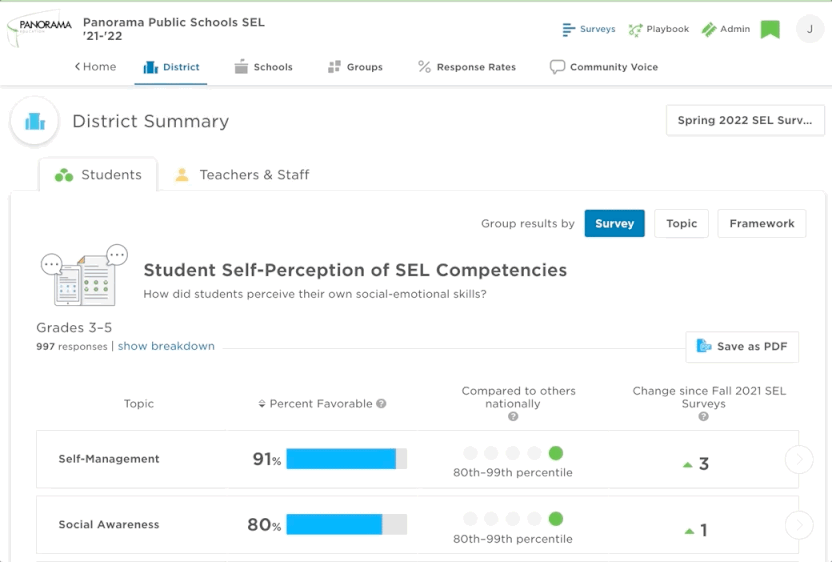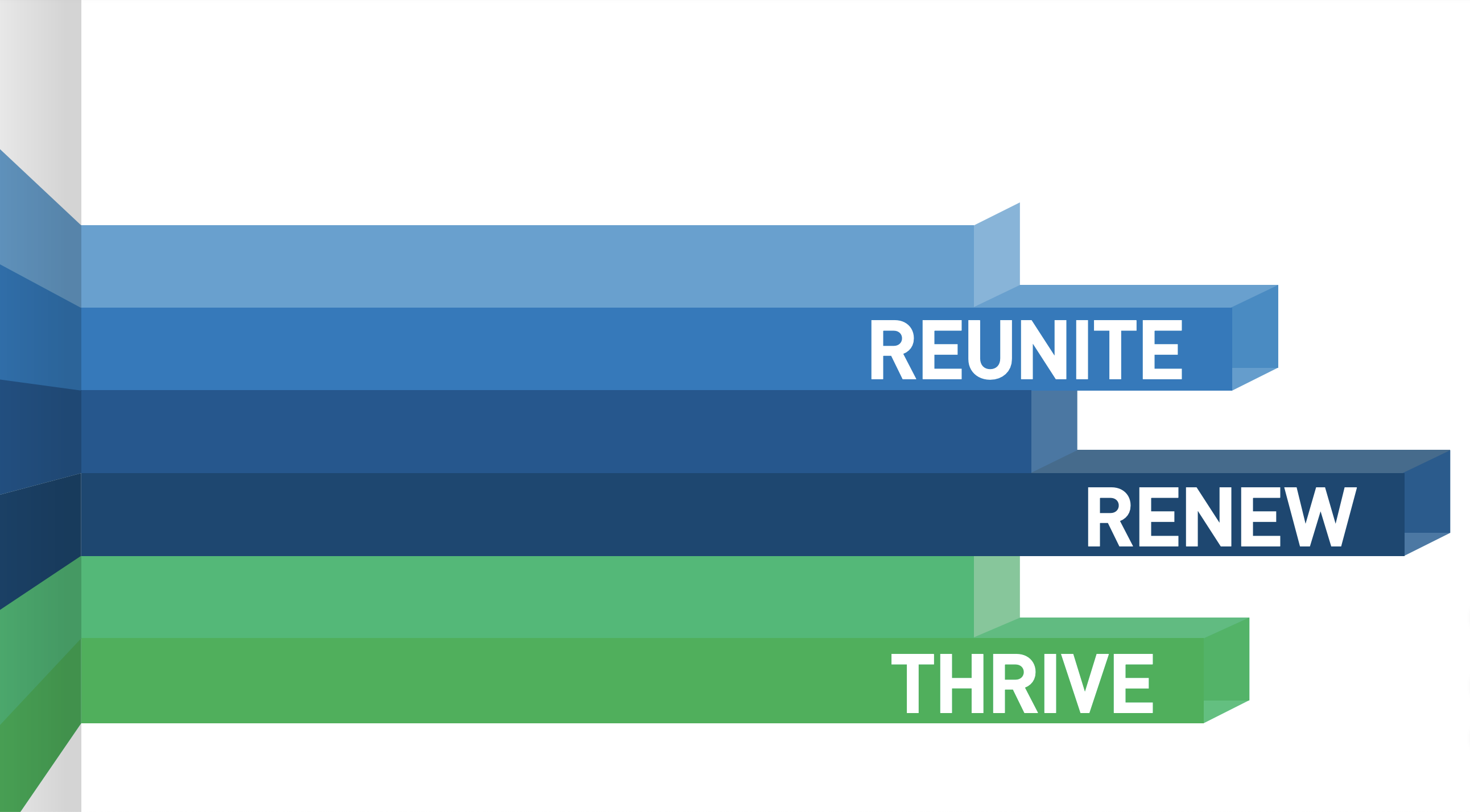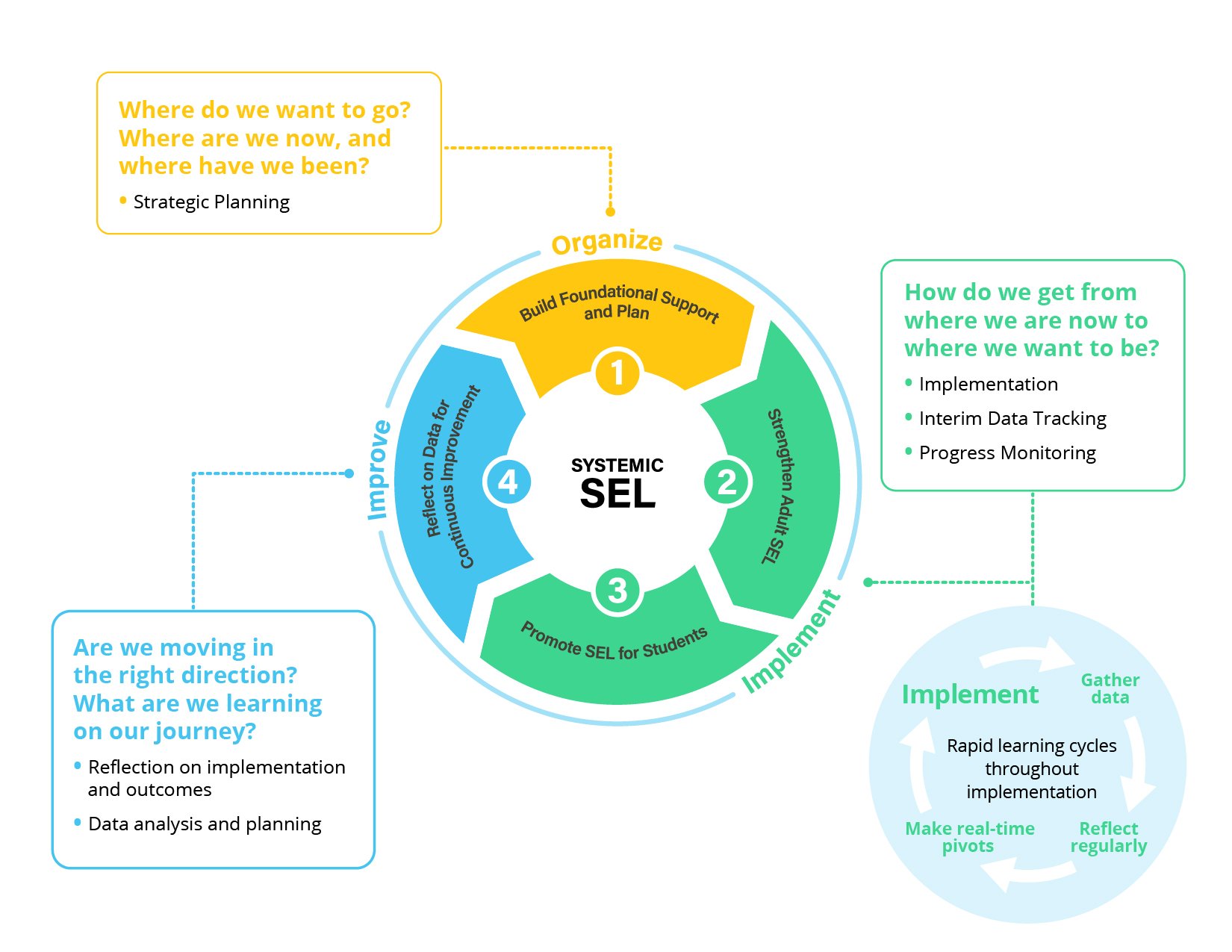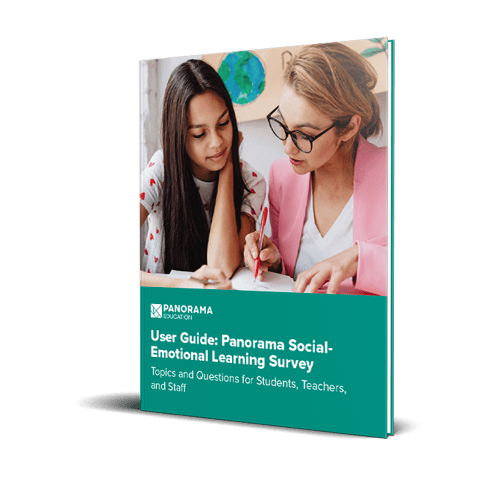"What are our students telling us they need?" is one of the most powerful questions a district or school administrator can ask.
Student voice matters. Measuring students' social emotional learning (SEL) is just starting to be recognized as a way to answer that question.
Maybe you're beginning your social-emotional learning journey and looking for baseline data. Or, maybe you're a few years into an SEL program and wondering if it's effective.
Either way, there are tried and true practices for measuring SEL that we've learned from working with thousands of school districts on this work.
Here are three keys to success for measuring SEL, plus resources you can use right away to get started.
1. Keep your school district's goals at the center of this work.
What is your district's "why" behind social-emotional learning? What are your three to five focus areas for SEL? Before taking steps to measure SEL, you'll want to connect this work to your district's vision, strategic goals, or SEL standards. Your goals will inform everything from the assessment tool you choose, to the social-emotional skills and competencies that you measure.
From there, you can select an assessment tool that aligns with your goals or SEL framework, such as the CASEL framework. You might be interested in a general SEL diagnostic, investigating a specific issue, or communicating your emphasis on a certain area to your community. Either way, you'll want to choose a research-backed SEL survey that contains developmentally appropriate questions for students in elementary school through high school.
Consider thinking about social-emotional learning measurement in three dimensions: student competencies, student supports and environment, and student well-being. Each of these dimensions contains a number of topics that students can self-report on, such as growth mindset, self-efficacy, sense of belonging, and self-management.
[Resource] Panorama Social-Emotional Learning Survey
2. Build buy-in and engagement by bringing stakeholders along every step of the way.
From the start, engage adults and students in your community about what you're measuring related to social-emotional learning and why. This could look like:
- Asking for input from school and district administrators, teachers, students, and families when selecting SEL focus areas
- Building teacher capacity by prioritizing adult SEL and providing professional development
- Communicating with stakeholders about the SEL assessment process
- Building resource centers to engage and equip families around SEL
After you've administered the survey, the next step is make the SEL reports available to your school community. Consider sharing results at a community meeting or in your school newsletter. You could also discuss SEL reports during a staff meeting or a professional development day. Some districts even hold student voice conferences to engage students in the data!
Why share your SEL data? It's a great way to get school leaders, teachers, and students involved in decision-making and problem-solving around student growth and school culture.
School District Spotlight: Learn how this New Jersey district is building buy-in and capacity for SEL measurement among teachers and staff.
|
If you use Panorama: You can analyze and share SEL reports with stakeholders at the topic and question levels. The topic level (e.g., Growth Mindset, Social Awareness) shows high-level scores on social-emotional competencies for individual students and/or groups of students. The question level (e.g., "During the past 30 days, how carefully did you listen to other people's points of view?") shows precise strengths and areas for growth.
You can also look at breakdowns to understand how social emotional learning plays out across different groups—such as students with English language learner (ELL) status, students with free or reduced price lunch (FRPL) status, grade level, student gender, and race/ethnicity. |
3. Plan for acting on your SEL data.
With your SEL reports in hand, choose one to two growth areas to focus on as a school or district. (Our Student Voice Data Exploration Guide resource has plenty of guiding questions to help you identify those priorities!)
From there, you'll want to develop a plan to support those growth areas. Let's say you hope to improve students' sense of belonging at school. What are the universal, targeted, and intensive strategies that could increase belonging? What is the time frame for implementing those interventions? Who are the key stakeholders, and what are the metrics for success?
Remember that, in order to support students' social-emotional development, educators and families need strategies, tools, and support. Many schools and districts use SEL programs or curricula to introduce and grow social-emotional learning in students. Even if you don't use a curriculum, there are many free, online SEL intervention ideas to share with teaching teams, staff, and families.
School District Spotlight: Learn how one California urban district is driving continuous improvement with school climate and SEL data (+ download their school improvement planning worksheets).
|
If you use Panorama: Panorama's online intervention library, Playbook, includes hundreds of strategies for bringing SEL into instructional and non-instructional classroom moments. As you explore your SEL data, you can jump right into Playbook to review ideas for taking action.
|
For more resources and district examples, download our guide to measuring SEL. We hope you find this useful in planning to measure SEL!


![Measuring Social Emotional Learning: 3 Keys to Success [+ Resources]](https://www.panoramaed.com/hubfs/IMG_2932.jpg)




